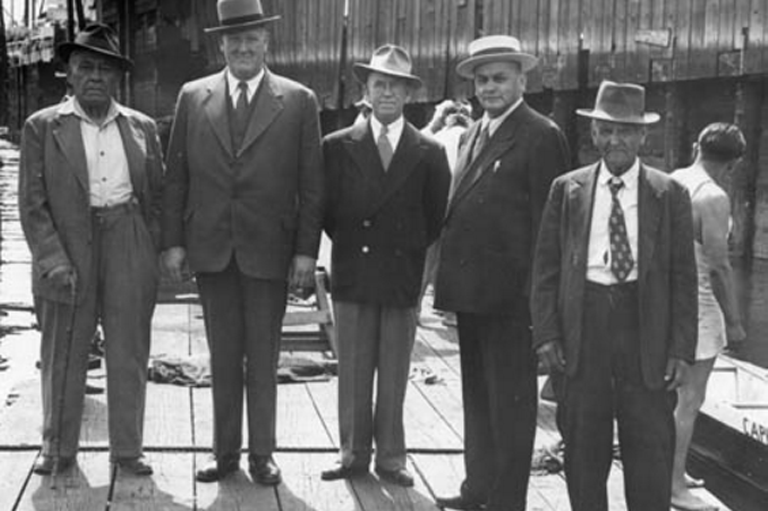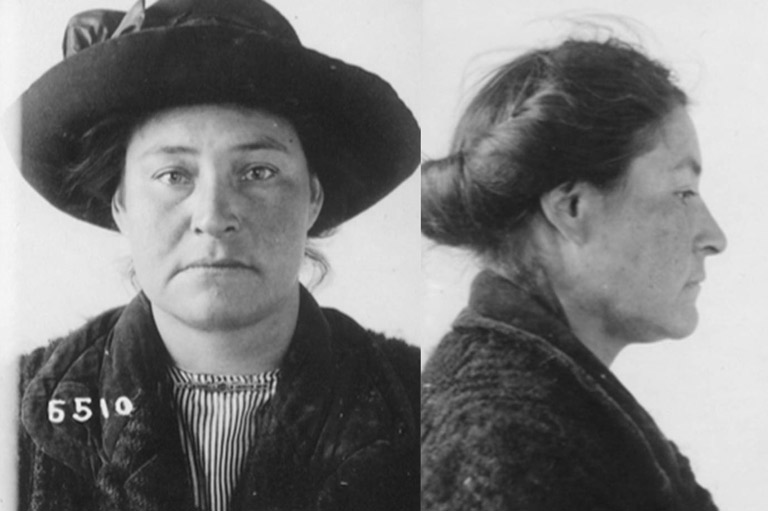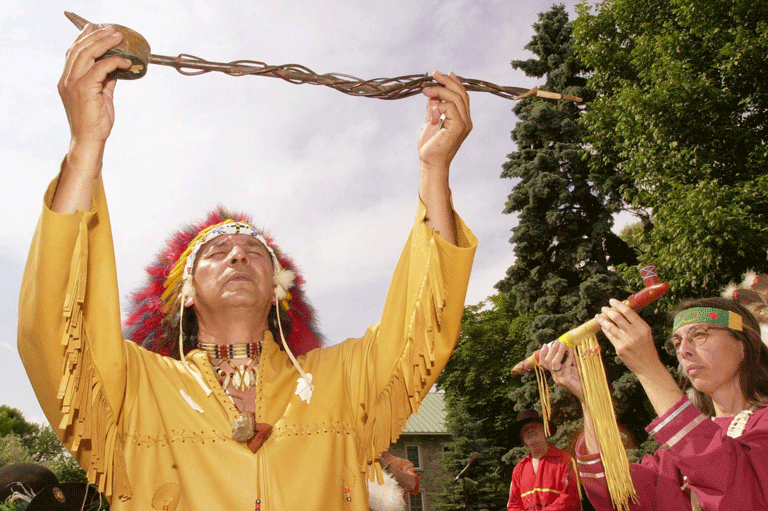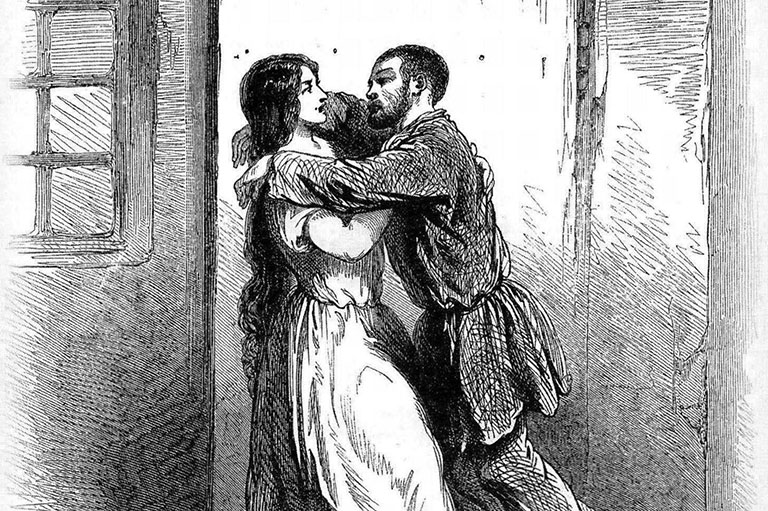Courting Justice
The Supreme Court of Canada (SCC) is the highest in our judicial system, but it was not always as supreme as its name suggests. Since 1875 Canada’s final court of appeal has grown in importance alongside the country’s increasingly independent legal landscape. In celebration of the SCC’s 150th anniversary, here are five ways the court has evolved — or stayed the same — over its lifetime:
Adjourned before it began
At its first sitting on January 17, 1876, the court had exactly zero cases on its docket. Case number one, Kelly v. Sulivan — which concerned the disputed purchase of Charlotte Antonia Sulivan’s estate — would be heard six months later in June 1876.
Dressed to impress
Those judges’ red robes trimmed with white mink are perfect for festive occasions — like the opening of a new session of Parliament. The garment’s design is rooted in British legal tradition, although modern heating and ventilation have made the heavy item unpopular among new judges.
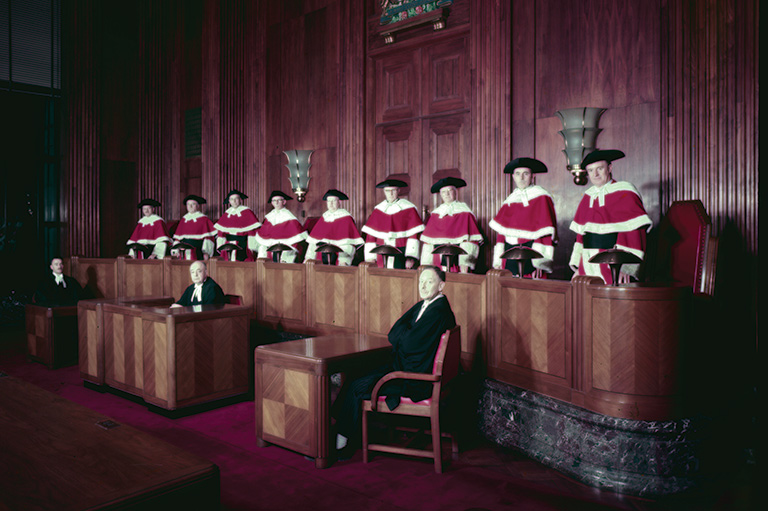
With 7 uniquely curated newsletters to choose from, we have something for everyone.
Justice has many faces
Since its inception, the SCC has had ninety judges. Before 1982 they all were white men, but this changed with the appointment of Bertha Wilson that year. The SCC’s first person of colour to be appointed judge, Mahmud Jamal, took his seat in 2021, while 2022 welcomed Michelle O’Bonsawin, the first Indigenous SCC judge.
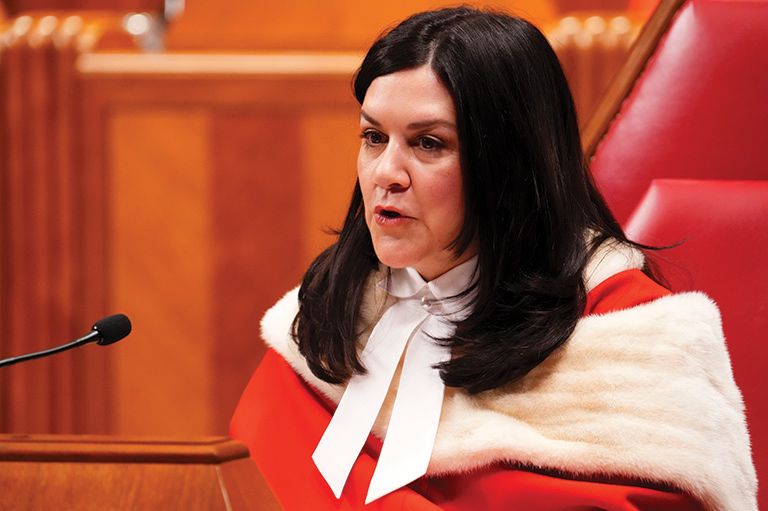
Advertisement
Commonwealth connections
The statues in front of the SCC building were originally meant for another purpose. The figures of Veritas (truth) and Justitia (justice) were created for a monument to King Edward VII that never came to be. They found a home at the court in 1970.
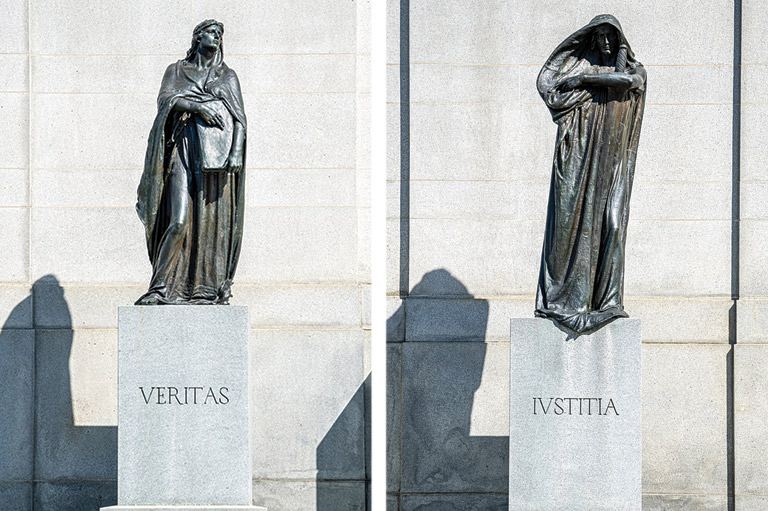
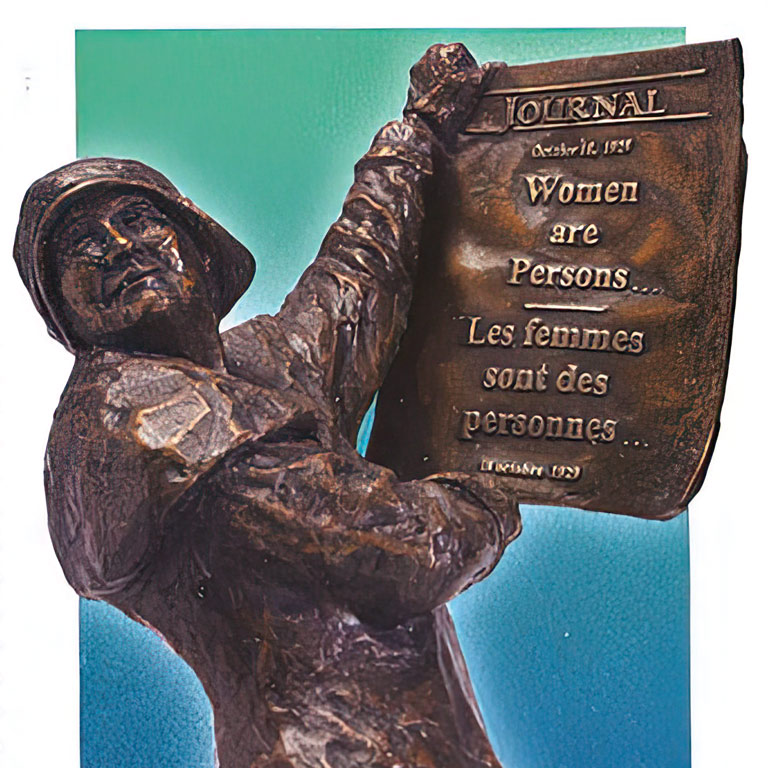
Superior at best
When it was established, the SCC could be overruled by the Judicial Committee of the Privy Council in Britain, as seen in the famous Persons Case — when the SCC ruled that women were not legally “persons” in 1928, a decision the Privy Council reversed the following year. Appeals to the Privy Council were abolished in 1949, allowing the Supreme Court to finally live up to its name.
In today’s environment of misinformation and disinformation, it can be hard to know who to believe. At Canada’s History, we tell the true stories of Canada’s diverse past, sharing voices that may have been excluded previously. We hope you will help us continue to share fascinating stories about Canada’s past, highlighting our nation’s diverse past by telling stories that illuminate the people, places, and events that unite us as Canadians, and by making those stories accessible to everyone through our free online content.
Canada’s History is a registered charity that depends on contributions from readers like you to share inspiring and informative stories with students and citizens of all ages – award-winning stories written by Canada’s top historians, authors, journalists, and history enthusiasts. Any amount helps, or better yet, start a monthly donation today. Your support makes all the difference. Thank you!
Themes associated with this article
Advertisement
Save as much as 40% off the cover price! 4 issues per year as low as $29.95. Available in print and digital. Tariff-exempt!

